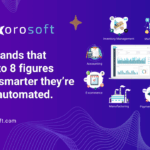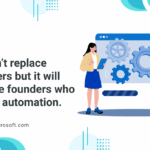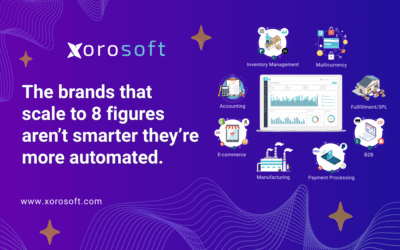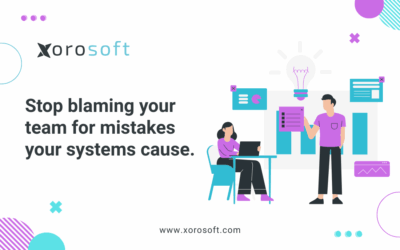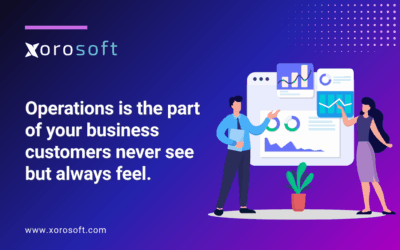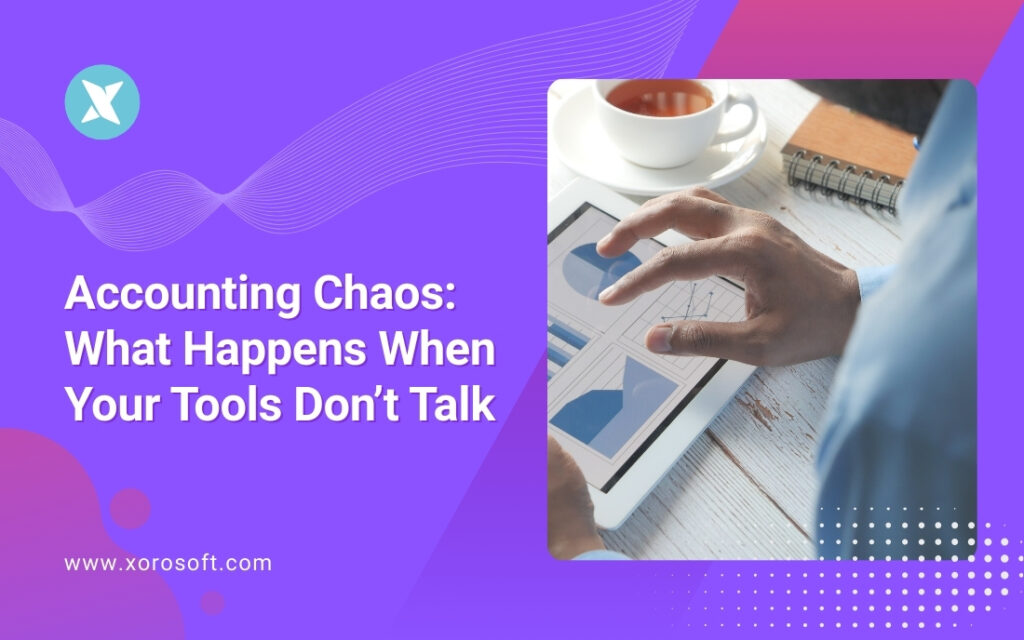
When Your Accounting Software Integration Fails, Chaos Follows
You’re trying to close your books, but the numbers don’t match. Your sales report says one thing, your inventory tracker another, and your accounting software is completely out of sync.
If your accounting software integration isn’t built into your business systems, chaos is inevitable.
In most cases, it’s not about people making mistakes. Instead, it’s about systems failing to speak the same language. Unfortunately, this leads to inefficiency, financial inaccuracies, and slowdowns that impact every part of your business.
Why Disconnected Systems Break Accounting
Fast-scaling businesses often rely on multiple tools: Shopify, QuickBooks, spreadsheets, ShipStation. Each is powerful alone. However, together they often lack the accounting software integration needed for smooth operations.
Here’s what happens as a result:
-
Inventory mismatches: Accounting doesn’t reflect real-time inventory movements, which causes financial errors.
-
Delayed closings: Manual reconciliation means books close weeks late. Therefore, critical decisions are delayed too.
-
Broken tax tracking: Without a central system, cross-border taxes, duties, and fees become a guessing game.
-
Audit confusion: Your financials lack a single source of truth. Consequently, audits become stressful and time-consuming.
-
Overworked teams: Operations, accounting, and fulfillment teams constantly clarify data manually. In turn, this slows down the entire company.
Moreover, every manual process opens the door for human error. Although these systems may seem manageable at first, complexity multiplies as you grow. Eventually, the cracks begin to show.
The Root Problem: Poor Accounting Software Integration
The real culprit isn’t your team—it’s the lack of connection between your tools.
Let’s break it down further:
-
No unified data model: Separate systems create multiple versions of the truth. As a result, your team works with conflicting information.
-
Sync issues: Most “integrations” are clunky, delayed, or break without warning. Consequently, updates don’t reflect in time.
-
No automation: Financial data entry remains manual, error-prone, and time-consuming. Because of this, accuracy and speed suffer.
That’s why businesses need more than just better reporting—they need smarter infrastructure. If you want to scale with confidence, real accounting software integration is the foundation.
In other words, good data hygiene requires good system architecture. Only then can you truly trust your financial numbers.
What Happens When You Shift to ERP with Built-In Accounting?
A unified ERP with native accounting software integration eliminates delays and sync issues. In fact, it flips your process from reactive to proactive.
Here’s what it brings:
-
Real-time reporting: Every sale, return, and inventory update reflects instantly in your books. So, no more manual updates or waiting for end-of-day syncs.
-
Centralized teams: Ops, finance, and logistics work from the same source of truth. Thus, collaboration improves dramatically.
-
Fast reconciliations: Accounting entries auto-update from live operations. As a result, your month-end close is faster and less stressful.
-
Audit-readiness: Your system is always clean, consistent, and up to date. Even better, documentation becomes easier to generate.
-
Reduced manual work: Fewer errors, faster closes, and happier finance teams. Meanwhile, they can focus on strategy, not spreadsheets.
In essence, a unified ERP doesn’t just improve processes—it transforms them. So, you don’t just grow—you grow smarter.
Why Xorosoft ERP Excels at Accounting Software Integration
Xorosoft ERP was built from the ground up for seamless, real-time accounting software integration. It’s not a bolt-on or afterthought—it’s native, robust, and deeply connected to every workflow.
Here’s why Xorosoft leads the way:
➝ Cloud-native and real-time: Data flows instantly across departments. Consequently, your entire team operates with the same insights.
➝ Warehouse + Accounting = One System: With built-in WMS, all stock movements feed directly into your financials. In contrast, other systems require third-party syncs.
➝ No more sync issues: Native Shopify, Amazon, and 3PL integrations remove delays. Therefore, data is always current.
➝ Multi-everything: Multi-location, multi-currency, and multi-channel enabled. So whether you’re selling globally or locally, it just works.
➝ Loved by users:
• #1 in Ease of Use on G2
• Top-rated ERP on the Shopify App Store
➝ API-rich: Connect Xorosoft ERP with any tool in your stack. Meanwhile, other ERPs often lock you into limited integrations.
Want to explore more? Check out our ERP features, pricing, and case studies.
Above all, Xorosoft puts data control back in your hands. That’s the difference between running blind and leading with insight.
